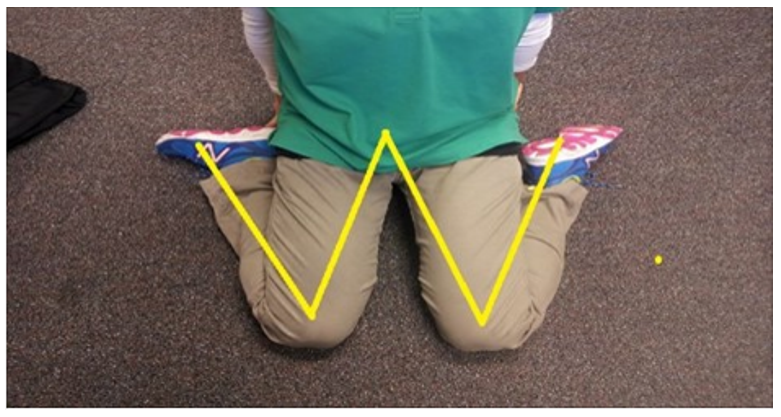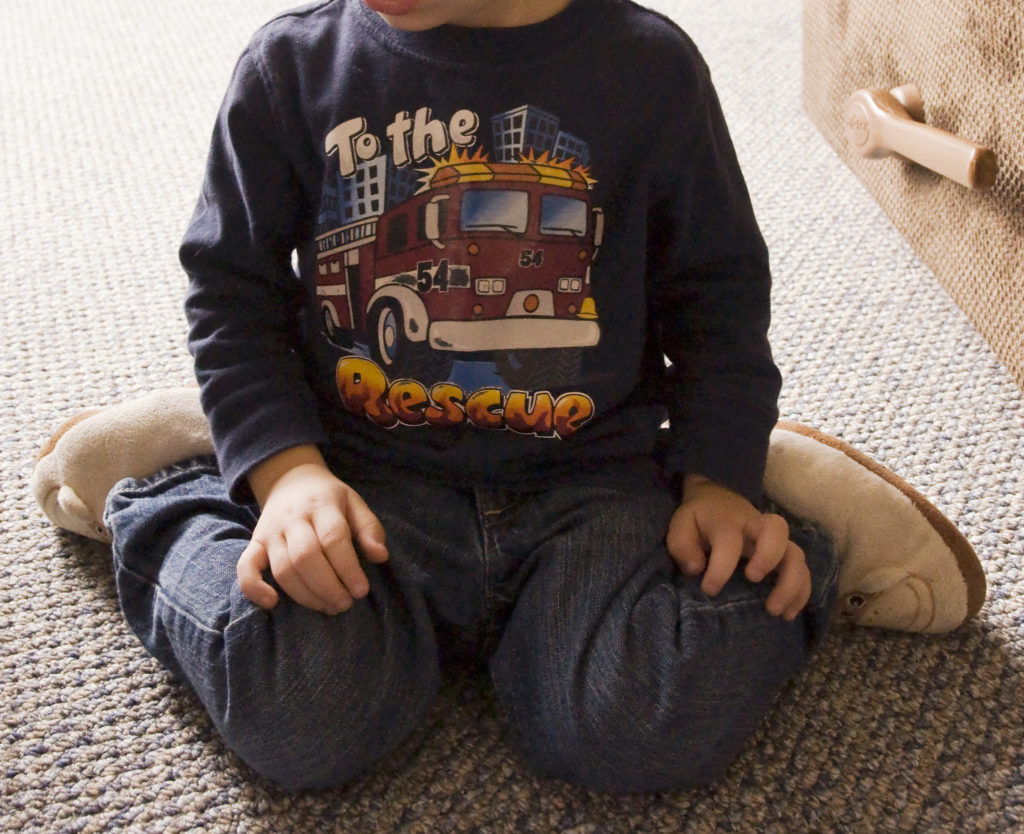
If You See Your Children Sitting Like This, Immediately Stop Them
Do you see your child or someone else’s child in “W-sitting,” or resting their bottom between their feet, legs to either side. You may think “wow, look how flexible they are.” Although flexibility in your muscles is a good thing, W-sitting is not. Many parents do not know or recognize the danger of letting a child sit like this for too long.

What does W-sitting look like?
A child sits on the floor, with his bottom between his legs, and his knees are bent with legs rotated away from the body. Children, usually at the age between 4 to 6 are most likely to sit in a W position.
Why do children W-sit?
One reason is that it’s common for children to be born with their thighbones turned in, a condition known as femoral anteversion. It self-corrects for most kids as they grow, but until their bodies change, it may be more natural for them to sit in a W.
Another reason kids like the W pose is that it’s a more stable sitting position. They can rotate their trunk, reach out and grab things more easily.
Why is W-sitting problematic for kids?
- Dislocation is easy and common with children who commonly sit in this position.
- In this position, a child’s base of support is wider and his center of gravity is lower, allowing for increased stability through the hips and trunk.
- Continued reliance on W-sitting can prevent a child from developing more mature movement patterns necessary for higher-level skills.
- Also, sitting in this position leads to shortened or tightened muscles.
- Sitting in this position can affect the development of motor skills, balance, and coordination. Also, “W-sitting” results in less need for stability, postural control, and weight shift during play.
- It also puts unnecessary strain on the body.
We want our children to grow strong, and this type of sitting prevents that. Hence, W-sitting should always be discouraged.

How to prevent W-sitting?
The best way to prevent a problem with W-sitting is to prevent it from becoming a habit it the first place. Anticipate and catch it before the child even learns to W-sit. Children should be placed and taught to assume alternative sitting positions. If a child discovers W-sitting anyway, help him to move to another sitting position, or say, “Fix your legs.” It’s very important to be as consistent as possible.
NOTE: Not all “W” sitters will have severe issues, but it is still not recommended, as it can elevate risks.